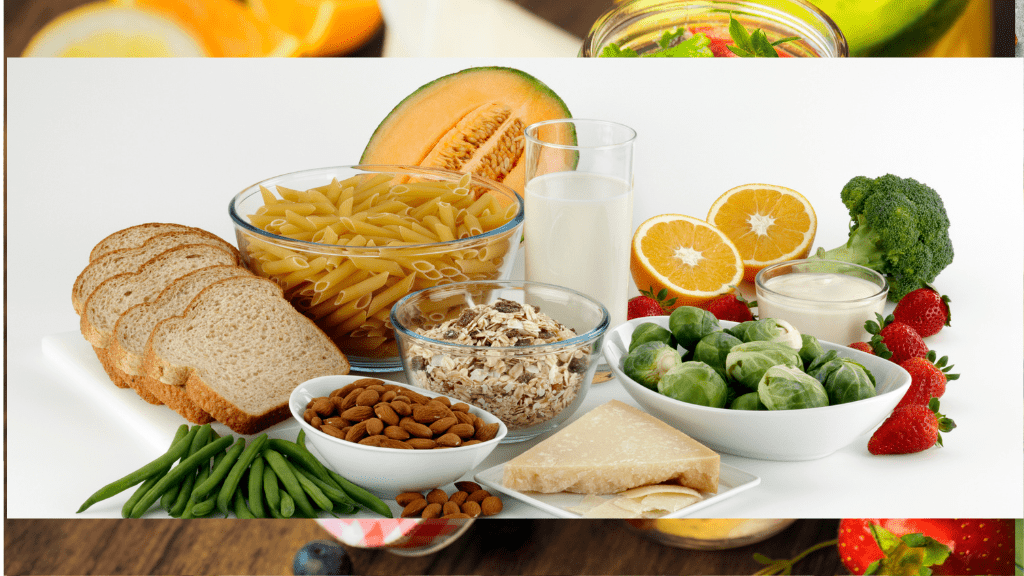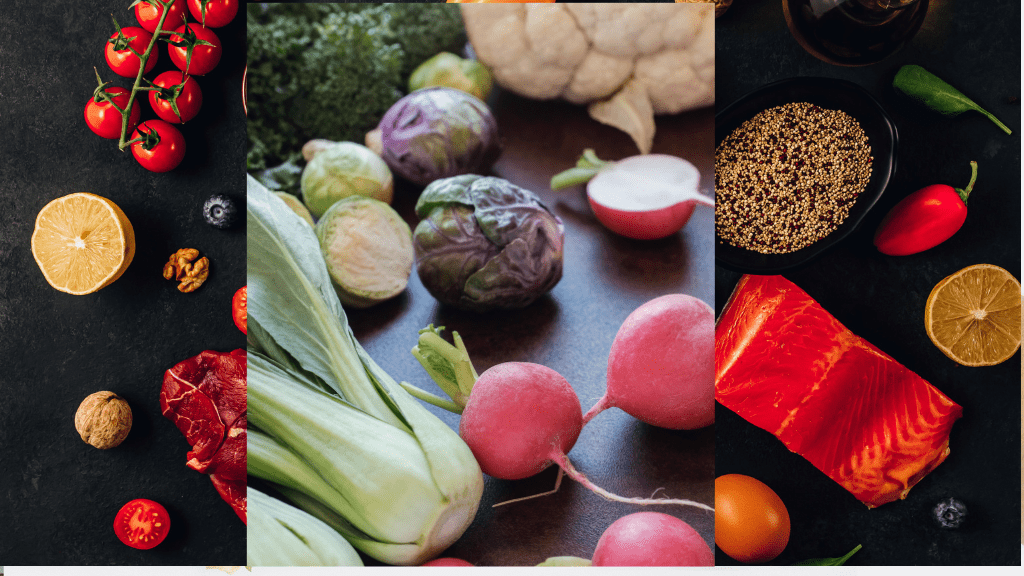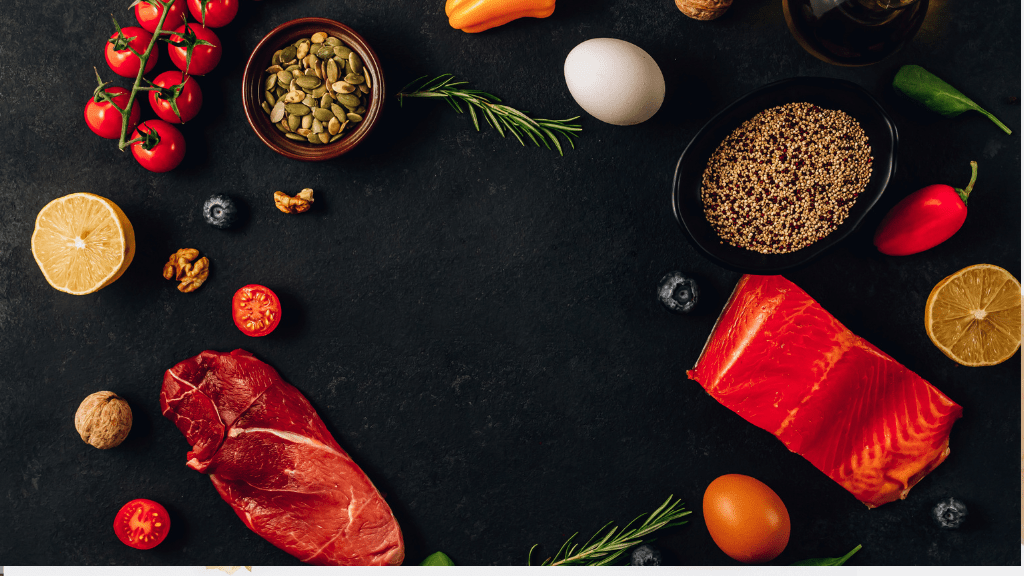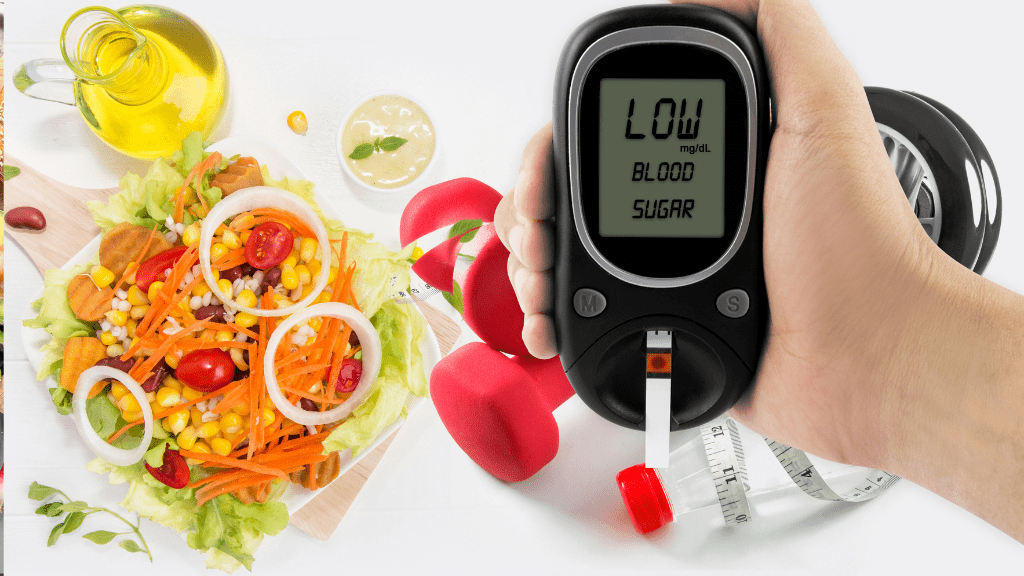High-Fiber Vegetables and Meal Planning: Making Healthy Choices
When it comes to maintaining a balanced diet, one of the most effective ways to support your overall health is by incorporating high-fiber vegetables into your meals. These nutrient-dense veggies offer a wealth of benefits, including promoting digestive health, managing blood sugar levels, supporting heart health, and helping with weight management. But making healthy choices with meal planning can sometimes feel overwhelming. This blog will guide you through the importance of high-fiber vegetables and offer practical tips for meal planning to ensure you're making the best choices for your health.
The Benefits of High-Fiber Vegetables
High-fiber vegetables play a crucial role in supporting your body's functions and improving overall well-being. Fiber, an essential nutrient, is classified into two types: soluble and insoluble.
- Soluble fiber: Dissolves in water and forms a gel-like substance in the digestive system. It helps regulate blood sugar levels, reduce cholesterol, and promote satiety.
- Insoluble fiber: Adds bulk to the stool and helps food move more efficiently through the digestive tract, which is important for preventing constipation and maintaining regular bowel movements.
Incorporating a variety of both types of fiber from vegetables into your diet can offer numerous benefits, such as:
- Improved Digestive Health: Fiber helps prevent constipation and promotes regularity, supporting a healthy gut. High-fiber vegetables like broccoli, Brussels sprouts, and kale can ease digestion and reduce the risk of developing digestive disorders.
- Blood Sugar Control: For those managing diabetes or prediabetes, high-fiber vegetables can help regulate blood sugar levels by slowing down the absorption of sugar into the bloodstream. Vegetables like sweet potatoes, carrots, and zucchini are particularly beneficial.
- Heart Health: Fiber helps reduce cholesterol levels, lowering the risk of heart disease. Studies have shown that individuals who eat more fiber have a lower risk of cardiovascular issues. Vegetables like spinach, artichokes, and asparagus are great for supporting heart health.
- Weight Management: High-fiber vegetables help you feel full longer, reducing overeating and aiding in weight control. By including fiber-rich options like cauliflower, peas, and leafy greens in your diet, you can maintain a healthy weight without feeling deprived.
- Gut Microbiome Support: Fiber acts as a prebiotic, feeding the good bacteria in your gut. A balanced gut microbiome is essential for optimal digestion, immunity, and even mental health. Including fibrous veggies like leeks, onions, and garlic can boost your gut health.
Choosing High-Fiber Vegetables for Your Meals
When planning meals, focus on vegetables that are naturally high in fiber. Here are some examples of fiber-rich vegetables to add to your grocery list:
- Broccoli: One cup of cooked broccoli contains about 5 grams of fiber. It's also rich in vitamins C and K.
- Brussels sprouts: These tiny cabbages are packed with fiber, providing about 4 grams per cup. They're also a good source of antioxidants.
- Artichokes: With 10 grams of fiber in a medium artichoke, this vegetable is one of the best sources of dietary fiber.
- Carrots: A cup of raw carrots contains about 4 grams of fiber, along with being rich in beta-carotene.
- Kale: This leafy green offers about 3 grams of fiber per cup, along with a wealth of vitamins and minerals.
- Spinach: Low in calories but high in fiber, spinach contains about 4 grams of fiber per cooked cup.
- Cauliflower: One cup of cauliflower provides about 2 grams of fiber and is highly versatile in meal prep.
- Sweet potatoes: A medium sweet potato contains about 4 grams of fiber, making it a delicious and nutritious side dish.
By choosing a variety of high-fiber vegetables, you can ensure you're getting a broad spectrum of nutrients to support your health.
Meal Planning with High-Fiber Vegetables
Meal planning is key to making healthy eating easier and more sustainable. By planning your meals around high-fiber vegetables, you can ensure you're meeting your daily fiber needs while enjoying flavorful and nutritious meals. Here are some steps to help you plan meals with high-fiber vegetables:
1. Start with a Balanced Plate
When planning meals, aim for a balanced plate that includes a variety of nutrients:
- Vegetables: Fill half your plate with vegetables. Focus on high-fiber options such as leafy greens, broccoli, or bell peppers.
- Proteins: Include lean proteins like grilled chicken, fish, or plant-based sources like beans or lentils, which also offer additional fiber.
- Whole Grains: Swap refined grains for whole grains like quinoa, brown rice, or barley, which are also good sources of fiber.
2. Batch Cook High-Fiber Veggies
To make meal prep easier, consider batch cooking high-fiber vegetables at the beginning of the week. Roasting a large tray of broccoli, cauliflower, carrots, and sweet potatoes can save you time and ensure you have nutritious sides ready for every meal. You can also steam or sauté vegetables like kale or spinach, and store them in the fridge to add to dishes throughout the week.
3. Create Versatile Veggie-Loaded Dishes
Incorporating high-fiber vegetables into versatile dishes can help you use up ingredients and reduce food waste. Some ideas include:
- Soups and stews: Add fiber-rich veggies like carrots, leeks, and cabbage to soups or stews for a comforting, nutrient-dense meal.
- Stir-fries: Combine broccoli, bell peppers, and snap peas with a lean protein and a sauce for a quick and healthy stir-fry.
- Salads: Build hearty salads with spinach, kale, Brussels sprouts, and roasted sweet potatoes. Add beans or lentils for extra fiber.
4. Incorporate Fiber-Rich Snacks
In between meals, opt for snacks that include high-fiber vegetables. Some easy, nutritious snack ideas are:
- Carrot sticks with hummus: Carrots provide fiber, and hummus made from chickpeas is also fiber-rich.
- Cucumber and bell pepper slices: These are refreshing and high in fiber, perfect for pairing with dips like guacamole or tzatziki.
- Kale chips: Kale baked with olive oil and sea salt offers a crunchy, fiber-packed snack.
5. Experiment with Plant-Based Meals
Plant-based meals naturally lend themselves to high-fiber ingredients. Try making veggie burgers using black beans and quinoa or experiment with meatless meals such as lentil tacos, vegetable chili, or zucchini noodles with marinara sauce.
Practical Tips for Success
To ensure you're consistently making healthy choices with your high-fiber vegetables, consider these practical tips:
- Keep your pantry stocked: Have canned beans, lentils, and whole grains on hand for easy high-fiber additions to meals.
- Prep your veggies in advance: Wash, chop, and store vegetables in containers for easy access during the week.
- Make veggies the star: Plan meals where high-fiber vegetables are the main attraction, such as a hearty vegetable stir-fry or roasted veggie bowl.
- Stay hydrated: Since fiber absorbs water, it's important to drink plenty of fluids to aid digestion and prevent constipation.
FAQs About
1. Why are high-fiber vegetables important for meal planning?
High-fiber vegetables are essential because they promote digestive health, help regulate blood sugar, lower cholesterol, and keep you feeling fuller longer. Incorporating them into meal planning helps ensure a balanced, nutrient-rich diet.
2. Which vegetables are highest in fiber?
Some of the highest fiber vegetables include broccoli, Brussels sprouts, artichokes, carrots, spinach, sweet potatoes, and cauliflower. These veggies provide a substantial amount of both soluble and insoluble fiber.
3. How can I incorporate more high-fiber vegetables into my meals?
You can incorporate more fiber-rich veggies by adding them to salads, soups, stews, stir-fries, and even smoothies. Meal prepping roasted or steamed vegetables at the start of the week can make it easier to include them in your daily meals.
4. Can I meet my daily fiber needs through vegetables alone?
Yes, it’s possible to meet your daily fiber requirements through vegetables, especially if you combine them with other fiber-rich foods like legumes, whole grains, fruits, and nuts. Variety is key for ensuring adequate fiber intake.
5. What are some high-fiber, meal-prep-friendly vegetables?
Broccoli, cauliflower, kale, spinach, and sweet potatoes are all great for meal prep. They can be roasted, steamed, or sautéed in advance and easily added to meals throughout the week.
Conclusion
Incorporating high-fiber vegetables into your meal planning is one of the best ways to support your overall health and well-being. By focusing on a variety of fiber-rich vegetables and being intentional about how you plan and prepare meals, you can enjoy the benefits of better digestion, improved heart health, balanced blood sugar, and more. With a few practical strategies like batch cooking, experimenting with plant-based meals, and stocking up on healthy snacks, you’ll be well on your way to making healthy, fiber-rich choices that are both delicious and nutritious.




